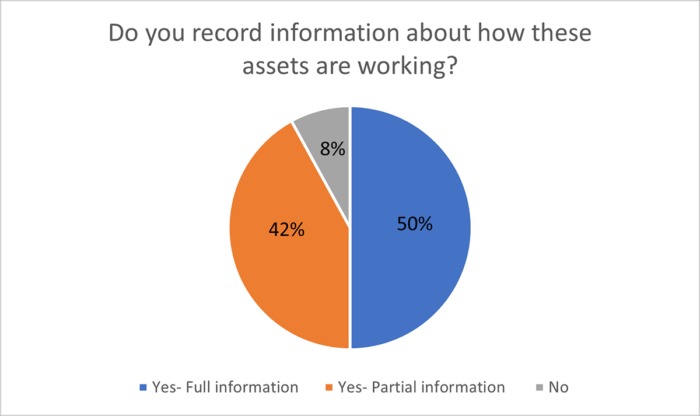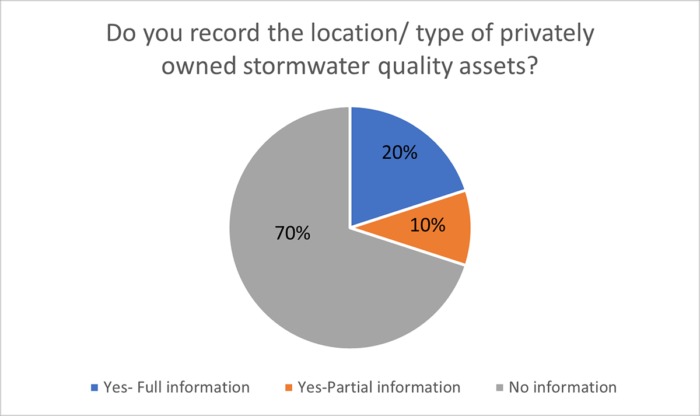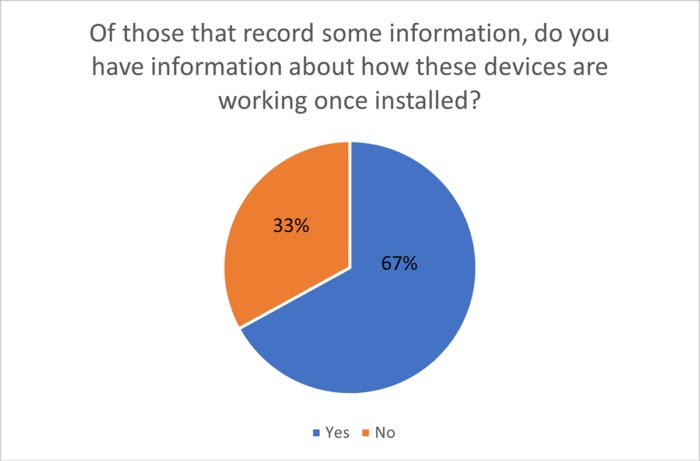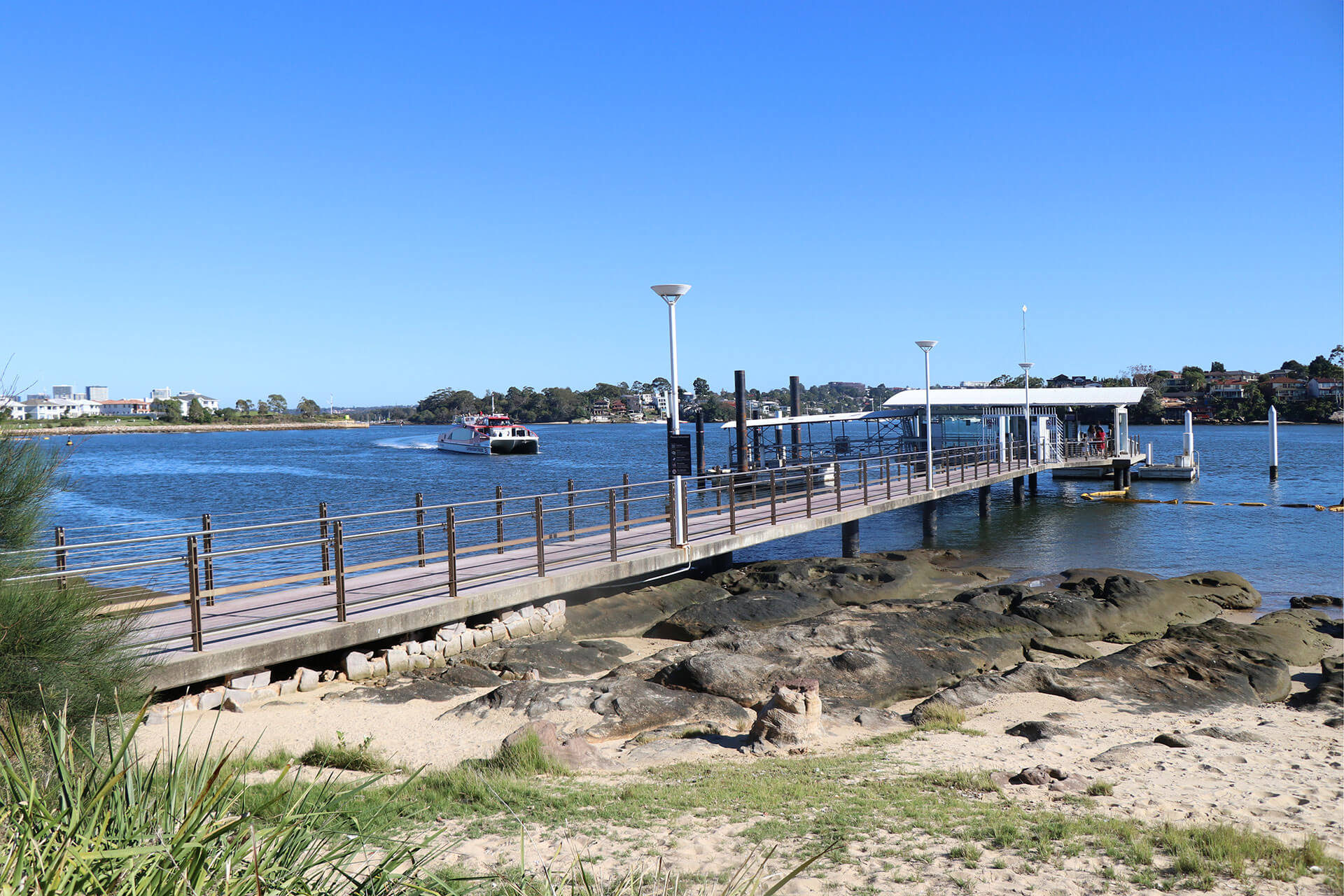
Current Projects
A key goal of the Parramatta River Catchment Group (PRCG) is to improve ecosystem health within the catchment. One of the primary strategies is to protect and enhance riparian vegetation, which provides vital habitat for several iconic species.
The vision aims to:
- Naturalise where possible
- Enhance the viability, condition, connectivity, and extent of nature riparian vegetation
- Provide a corridor for the movement of flora and fauna species between reserves and areas of remnant vegetation
- Protect and/or provide bank and creek bed stability
- Contribute to improved water quality.
Project objectives and scope
In June 2023, the PRCG was awarded a $1,000,000 grant over three years as part of the NSW Government’s Election Commitment to undertake the Parramatta River Bank Naturalisation and Priority Corridors project.
The objectives of the grant are to:
- Develop strategic policy to protect and enhance existing riparian vegetation
- Identify priority sites within the PRCG catchment for riverbank revegetation
- Deliver initial implementation (on-ground works).
The project will fund specialists or consultants to deliver the following:
Stage One |
|
Stage Two |
|
Stage Three |
|
This project covers the riparian areas of the Parramatta River catchment within the 10-member council Local Government Areas. It includes creeks and streams, such as Duck River and its tributaries, as well as other streams in the catchment. However, it excludes the riverbank of the Parramatta River from Charles Street Weir to Cockatoo Island.
Implementation of the Parramatta River Masterplan
Launched in 2018, Duba, Budu, Barra – Ten Steps to a Living River: The Parramatta River Masterplan was the result of extensive consultation and represents the views of PRCG members and the community. The Parramatta River Bank Naturalisation and Priority Corridors project will assist implementation two key Masterplan steps:
- Step 4: Standardise and Standards (see page 70) – Establish a whole-of-catchment land-use policy and statutory planning mechanism.
- Step 8: Bring in Nature (see page 78) – Maintain, improve, and create new habitats for the Parramatta River catchment’s five iconic species mascots as indicators of water quality and catchment health.
Progress to date
| 2023 | The Project Working Group, consisting of representatives from member councils and Sydney Olympic Park Authority (SOPA), was established and reports to the PRCG Executive and the Full Group. It is supported by the PRCG Coordinator and Project Officer. The Working Group meets regularly. |
| 2024 | Consultant appointed to undertake Stage 1 project on literature review, mapping, development of prioritisation framework and identification of the list of priorities. |
| 2025 | Project Officer appointed to coordinate Stage 2 of the project. |
Funded by:
NSW Government Department of Climate Change, Energy, Environment and Water
Amount:
$1,000,000 over three years from July 2023 to June 2026.
More information:
Melissa Cate Christ, Project Officer
Email: melissa.cate.christ@ourlivingriver.com.au
A key focus of the Parramatta River Catchment Group (PRCG) is to reduce stormwater runoff to improve water quality and habitat health in the catchment.
Project objectives and scope
In June 2023, the PRCG received a grant for $800,000 over four years as part of the NSW Government Election Commitment to develop a Stormwater Compliance and Education Program.
The objectives of the grant are to develop and deliver stormwater related activities, including:
- Working with building industry bodies, strata managers, and homeowners to increase education in the operation and maintenance of private stormwater infrastructure to ensure they comply with legal requirements and positive covenants.
- Coordinating standard methods for collecting and reporting data for stormwater management of pollution control devices, erosion and sediment compliance, and litter prevention activities across the catchment.
- Collaborating with our member Councils and the PRCG Stormwater Subcommittee to establish an education and auditing program of privately-owned stormwater pollution control devices, such as wetlands, bioretention systems, on-site stormwater detention devices, and gross pollutant traps.
- Building the shared knowledge outcomes and capacity of member Councils to deliver their own stormwater education, policy, management and compliance programs.
- Expanding the reach and engagement of the successful Get the Site Right education and compliance campaign with more than 20 councils across Greater Sydney and parts of NSW, the Cooks River Alliance, Georges Riverkeeper, Sydney Coastal Councils, WaterNSW and our partners, and NSW Environmental Protection Authority.
- Progressing the work completed to date through the EPA grant-funded Greater Sydney Litter Prevention Strategy (GSHLPS) in partnership with Sydney Coastal Councils Group.
- Developing innovative, cost-effective, and high-impact methods to maintain the involvement of a diverse range of groups and people within the Parramatta River, focusing on litter and stormwater pollution prevention.
The PRCG Stormwater Compliance and Education Program promotes a proactive approach towards managing stormwater assets, encouraging ongoing education and maintenance instead of a ‘set and forget’ mindset.
Implementation of the Parramatta River Masterplan
Launched in 2018, Duba, Budu, Barra – Ten Steps to a Living River: The Parramatta River Masterplan was the result of extensive consultation and represents the views of PRCG members and the community. The Stormwater Compliance and Education program will assist implementation two key Masterplan steps:
- Step 5: Reduce Stormwater Runoff (see page 72) – Adopt a regional approach to the installation, maintenance and reporting of stormwater and water sensitive urban design (WSUD) infrastructure.
- Step 7: Involve the Community (see page 76) – Undertake joint community education and compliance activities focused on reducing stormwater and source pollution where it is linked to community behaviour and actions.
Progress to date
| 2023 | Employment of a temporary Stormwater Compliance and Education Officer. |
| 2024 | Project Plan, Survey sent to Council Officers to assess Stormwater Needs and Opportunities. |
Funded by:
NSW Government Department of Climate Change, Energy, Environment and Water.
Amount:
$800,000 over four years from July 2023 to June 2026.
More information:
Angela Dunnett, Stormwater Compliance and Education Officer.
Email: angela.dunnett@ourlivingriver.com.au
An integrated approach to improving stormwater management throughout the Parramatta River catchment
The Issue
Stormwater management devices, such as gross pollutant traps (GPTs), on-site stormwater detention (OSD) tanks and raingardens, play an important role in protecting our waterways from pollution and flooding.
In 2022 an audit conducted by Wave Consulting of 50 private properties across the Parramatta River catchment was undertaken to understand the condition and maintenance cycles of stormwater devices installed on privately owned and managed properties in the last 5-10 years.
Results of the 2022 Stormwater Devices Audit
- 14% of assets no longer existed or were never built
- 87% of assets had never been maintained
- 73% of owners didn’t know they owned the asset or what it was for
- 8% of assets had completely failed
- Only 3 of 50 property owners were able to estimate the cost of maintenance.
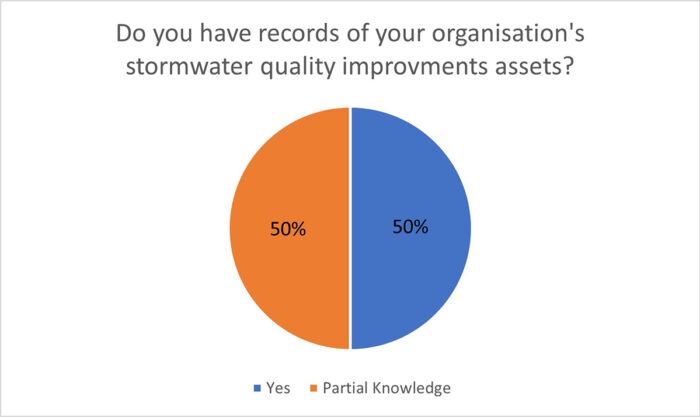
Types of water quality improvement assets:
- GPTS
- Bioretention harvesting
- Litter booms
- Water Sensitive Urban Design (WSUD) elements in streetscapes
Types of private water quality improvement assets:
- GPTS
- Litter baskets
- Rainwater tanks
- Bioretention systems
The results of these inspections reveal that WSUD and OSD assets are working but often ignored or not maintained. They are in general in average condition and without a maintenance plan and budget may in the long term be a risk to the overall health of the river. These assets are providing some benefit to properties and lives from a flood management perspective, but this could be greatly improved with maintenance (Wave, 2022).
Recommendations
Broaden education of stormwater infrastructure and management
Increase the understanding and knowledge of stakeholders responsible for the design, installation, operation and maintenance of stormwater infrastructure, including developers, home builders, body corporates, council representatives, executive staff, planners and compliance officers.
Positive Covenants
Standardise Development Control Plans and enforce the maintenance of systems using ‘positive covenants’ to assist with compliance activities.
A positive covenant may be imposed requiring the maintenance and/or repair of private stormwater assets and applied to the property owner. Councils provide guidelines for the covenants, which are lodged with NSW Land Registry Services under the Conveyancing Act 1919. It assumes all property owners have the capacity to undertake and pay for maintenance and keep records of completed work.
Explore other options
Enhance stormwater management by transitioning to above-ground options for stormwater assets. Implement policy changes that mandate the installation of stormwater assets in public spaces, financed through stormwater contributions, or offer incentives to encourage their adoption.
The Parramatta River flows through the geographic heart of Sydney and one of the fastest growing regions in Australia. Making the river swimmable delivers on the sustainability and liveability goals in the Greater Sydney Commission’s District Plans and is core to achieving the vision for Sydney’s Central River City.
Step 4 of the Parramatta River Masterplan is focused on reviewing the strategic and statutory planning frameworks that contribute to delivering our vision for a world class river. Working closely with our partners, our review has resulted in the release of a recommendations paper, Strategic and Statutory Planning Review to Create Our Living River.
The paper sets out three broad areas for planning reform:
- Simple updates to council’s Local Environment Plans (LEPs) and Development Control Plans (DCPs), to adopt over the next few years. These changes will ensure that development does more to reduce stormwater pollution and foster healthy ecosystems.
- Developing, piloting and adopting two new frameworks for improving waterway health outcomes in new development:
- A Blue Green Index Tool for assessing development applications
- A Blue Green Grid for riparian mapping
- Working with our project partners and stakeholders to strengthen and support waterway health considerations in all planning approval pathways. This will require broader reform beyond the remit of local government.
Standardise the Standards – Final Recommendations Paper
Download the full Final Recommendations Paper
Recommendations Paper Executive Summary
Download the Recommendations Paper Executive Summary
To get an overview of this planning reform work, please watch this short video.
Final Recommendations Paper Webinar Series
The consultancy team from Civille and Macquarie University held a series of short webinars in order to share the key recommendations in the recently released paper for Step 4: Strategic and Statutory Planning Review to Create Our Living River and get attendees thinking about how we move the recommendations into implementation.
Webinar 1: Improving local planning provisions for diffuse stormwater pollution and waterway health
This webinar provides council and agency staff with an overview of the drivers for policy reform to address the issues of diffuse stormwater pollution and waterway health in new development. It covers the recommendations contained within the recently released paper for Step 4: Strategic and Statutory Planning Review to Create Our Living River, focusing on the two key policy directions: the blue green index for WSUD and green infrastructure and the blue-green grid of waterway and riparian land. The webinar then goes into some detail on the actions specific to councils on updating their Local Environment Plans and Development Control Plans.
Webinar 2: A blue-green index to reduce diffuse stormwater pollution
This webinar introduces the proposed new blue-green index tool. We explain how we think this new tool can address the complex planning issues that exist in stormwater management in Sydney. We also look at the proposed features of this new tool and compare it to similar tools that have been adopted in Australia and elsewhere. We will then go into the steps required to pilot the tool and a discussion on the challenges.
Webinar 3: Blue-green grid for improved waterway health
This webinar introduces the concept of a blue-green grid for the Parramatta River catchment. It is suitable for council and agency staff interested in waterway and catchment management, strategic planning and biodiversity conservation. We discuss the reasons why we need the blue-green grid, how it could be implemented across the catchment, and the next steps required to develop the grid.
Learn more about Step 4 of the Parramatta River Masterplan – Standardise the Standards.

